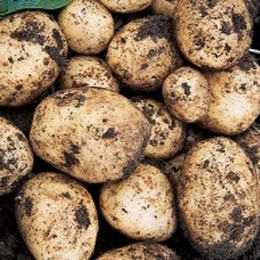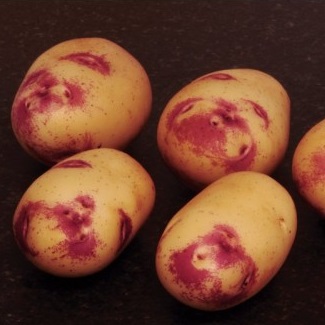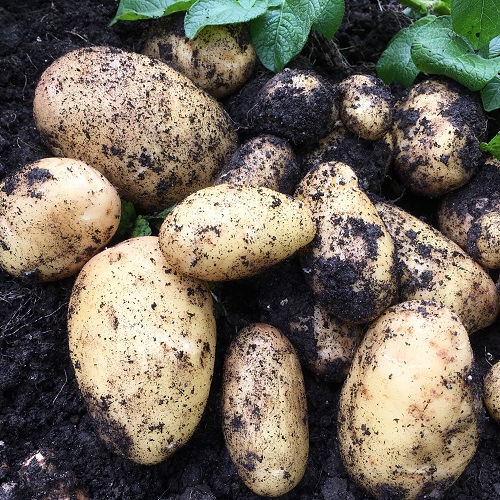Customers who bought this item also bought:
Customer Reviews
Write a Review and share your opinions!
30 January 2015
On your website you say that Marfona are not suitable for roasting or frying. I use these potatoes for everything and they are just fab. Full of flavour. Boiled , mashed,fried etc. Brilliant spuds!!




